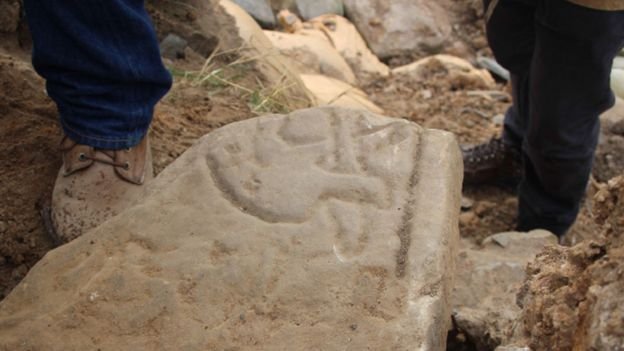Enigmatic Stones Of The Picts: Orkney’s Unique Stone With Dragon-Like Creature And Cross Carving
Ellen Lloyd - AncientPages.com - Carved stones represent a unique legacy of the Picts.
Many of them give evidence of the advanced skills of artists; some of the stones with very complex decorative motifs depict Christian crosses and crescents or birds or animals, both real and mythical.
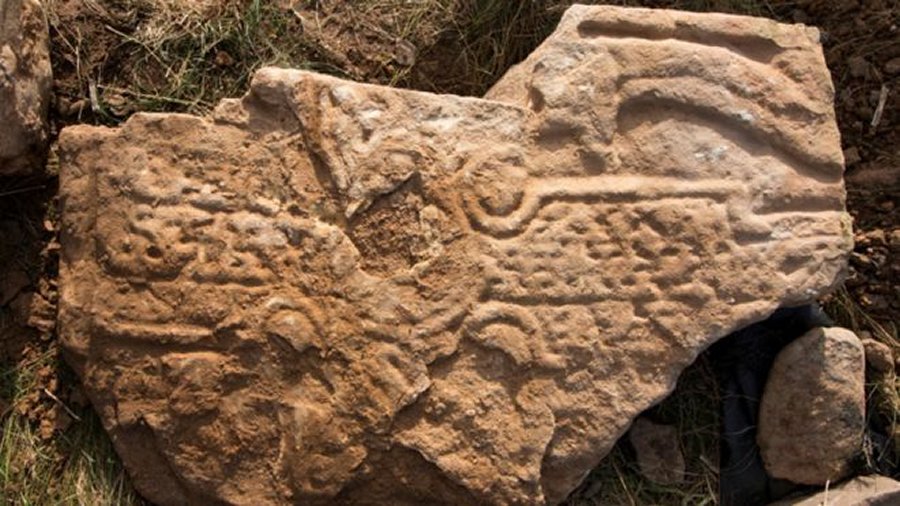 This Pictish Cross Slab - estimated to be about 1,300-year-old - was found after a storm. Image credit: Dr Hugo Anderson-Whymark - Image source
This Pictish Cross Slab - estimated to be about 1,300-year-old - was found after a storm. Image credit: Dr Hugo Anderson-Whymark - Image source
Generally, Pictish stones are carved (or incised) with symbols and different designs. They have been located north of the Clyde-Forth line and on the Eastern side of Scotland. The Pictish stones are undoubtedly historical evidence of the Picts' presence in this part of the country. Dated from the 6th to 9th century, a period during which the Picts became Christianized.
Approximately 350 objects categorized as Pictish stones have survived and have long fascinated scholars.
Image credit: UHI Archaeology Institute
In Orkney, the Picts carved the salmon, bull, deer, and birds, including the eagle and goose. There are also several other designs, such as the infamous Pictish Beast, other monsters-like figures, and "V-rod," "double disc and Z-rod," "mirror and comb," and "triple disc," of which meaning is unknown.
Many theories have tried to explain the Pictish symbols. Why were these enigmatic stones erected, and what was their significance?
Were they markers or perhaps commemoration stones related to people and events?
Several hundred carved Pictish stones have been found mainly in northern and eastern Scotland. Not long ago, another unique Pictish stone depicting a dragon-like creature and a cross carving was discovered after a storm in Orkney, Scotland.
Known as a Pictish cross-slab, it is only the third stone of this type to be found on the islands.
The stone is estimated to be about 1,300-year-old and has an intricately carved cross flanked by the dragon, or beast, and on the reverse side, there is another Pictish beast design staring out from the stone face, with beak open grasping what could be the remains of a staff.
Researchers say that carved Pictish cross-slabs are rare across Scotland, with only two being discovered in Orkney. Therefore, it is a significant find that can shed more light on a period in history when Orkney society began to embrace Christianity.
Some examples of the Pictish Stones:
Left: Front of Woodwrae stone, from Woodwrae, Angus, now on display at Museum of Scotland. Image credit: Catfish Jim and the soapdish - CC BY-SA 3.0; Middle: Hilton of Cadboll Stone (replica); Class II. Image uploader: Deacon of Pndapetzim - CC BY-SA 2.5; Right: Eagle Stone; Class I - Eagle Stone. Clach an Tiompain in Gaelic, this is a Class 1 incised stone, with a horseshoe symbol above an eagle. Image uploader: Anne Burgess - CC BY-SA 2.0
No detailed records of Pictish history survived. The mystery of the carved Pictish stones cannot be entirely explained. The stones were believed to be set up to record Pictish lineages and alliances, but no one knows how this intriguing Pictish system functioned.
Foster, Sally M. writes in 'Picts, Gaels and Scots': "The Picts would definitely not hold the same place in the hearts of the world if their unique symbols did not exist. Found in much of Pictland, and almost exclusively there, they comprise a range of diverse motifs that were placed on sculpted stones, cave walls, everyday objects and splendid jewellery.
Their precise meaning eludes us, although interpretations abound. But their distinct nature should not obscure the fact that they are but part of the Pictish artistic repertoire and that in most other respects the material culture of the Picts was little different from that of their neighbours, with whom they shared much in common.
In fact, the study of the ornament used in these symbols can contribute to placing Pictish art and society in a wider, more familiar context. Nonetheless, there remain overall many aspects of their art that make the Picts stand out from their European neighbours." 1
Written by - Ellen Lloyd – AncientPages.com
Updated on December 20, 2022
Copyright © AncientPages.com All rights reserved. This material may not be published, broadcast, rewritten or redistributed in whole or part without the express written permission of AncientPages.com
Expand for referencesFoster, Sally M. 'Picts, Gaels and Scots
More From Ancient Pages
-
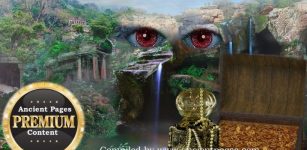 Ancient Mysteries In The Amazon Jungle – Strange White Men With Glowing Eyes – Part 1
Ancient Mysteries | May 28, 2018
Ancient Mysteries In The Amazon Jungle – Strange White Men With Glowing Eyes – Part 1
Ancient Mysteries | May 28, 2018 -
 Bonobos And Chimps: What Our Closest Relatives Tell Us About Humans
Featured Stories | Apr 6, 2023
Bonobos And Chimps: What Our Closest Relatives Tell Us About Humans
Featured Stories | Apr 6, 2023 -
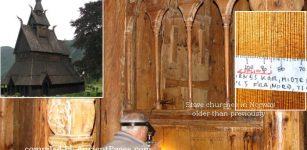 Medieval Wooden Stave Churches In Norway Are Older Than Previously Believed
Archaeology | Nov 8, 2019
Medieval Wooden Stave Churches In Norway Are Older Than Previously Believed
Archaeology | Nov 8, 2019 -
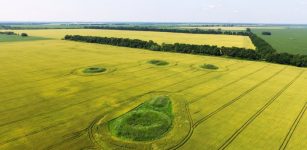 Bezvodovka: Little Known Ancient Solar Observatory In Ukraine Reveals Its Secrets
Archaeoastronomy | Jan 4, 2017
Bezvodovka: Little Known Ancient Solar Observatory In Ukraine Reveals Its Secrets
Archaeoastronomy | Jan 4, 2017 -
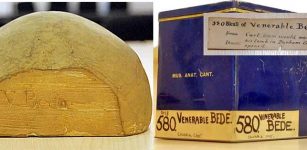 Medieval Burial Mystery: Enigma Of Missing Bones Of The Venerable Bede
News | Sep 10, 2015
Medieval Burial Mystery: Enigma Of Missing Bones Of The Venerable Bede
News | Sep 10, 2015 -
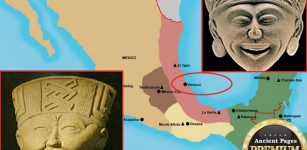 Curious Pre-Columbian Clay Figurines With Smiling Faces From Veracruz
Ancient Mysteries | Jan 29, 2018
Curious Pre-Columbian Clay Figurines With Smiling Faces From Veracruz
Ancient Mysteries | Jan 29, 2018 -
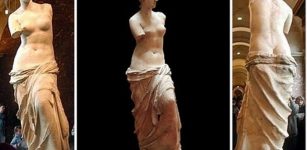 On This Day In History: Statue Of Venus de Milo Is Discovered On The Aegean Island Of Milos – On Apr 8, 1820
News | Apr 8, 2016
On This Day In History: Statue Of Venus de Milo Is Discovered On The Aegean Island Of Milos – On Apr 8, 1820
News | Apr 8, 2016 -
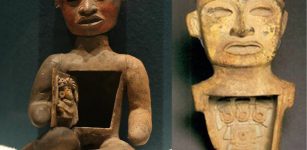 Mysterious Teotihuacan ‘Host’ Figurines From Metepec, Mexico
Artifacts | Jan 6, 2016
Mysterious Teotihuacan ‘Host’ Figurines From Metepec, Mexico
Artifacts | Jan 6, 2016 -
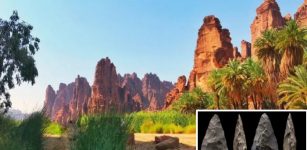 ‘Green’ Saudi Arabia Was Home To A 350,000-Year-Old Human Settlement
Archaeology | May 18, 2021
‘Green’ Saudi Arabia Was Home To A 350,000-Year-Old Human Settlement
Archaeology | May 18, 2021 -
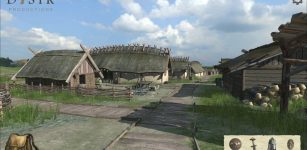 Unique Virtual Look At Gamla Uppsala: Sacred Ancient Viking And Pagan Site In Sweden
Civilizations | Sep 19, 2016
Unique Virtual Look At Gamla Uppsala: Sacred Ancient Viking And Pagan Site In Sweden
Civilizations | Sep 19, 2016 -
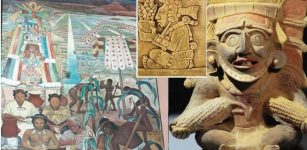 Yum Kaax, Mayan God Of Agriculture, Lord Of Woods And Caretaker Of Animals
Featured Stories | Jul 15, 2020
Yum Kaax, Mayan God Of Agriculture, Lord Of Woods And Caretaker Of Animals
Featured Stories | Jul 15, 2020 -
 Codes Of Ur Nammu: World’s Oldest Known Law Code
Ancient History Facts | Mar 11, 2016
Codes Of Ur Nammu: World’s Oldest Known Law Code
Ancient History Facts | Mar 11, 2016 -
 Advanced Method That Can Solve Puzzle Of Rock Engravings Studied In Timna Park
Archaeology | Jul 13, 2024
Advanced Method That Can Solve Puzzle Of Rock Engravings Studied In Timna Park
Archaeology | Jul 13, 2024 -
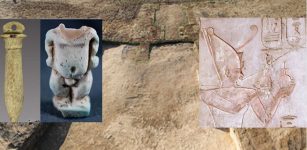 Fragments Of Oldest Pharaonic Military Fortress Unearthed In Egypt’s North Sinai
Archaeology | May 20, 2019
Fragments Of Oldest Pharaonic Military Fortress Unearthed In Egypt’s North Sinai
Archaeology | May 20, 2019 -
 Anglo-Irish Explorer Shackleton’s Ship The Quest Found Off Canada’s Coast
Underwater Discoveries | Jun 13, 2024
Anglo-Irish Explorer Shackleton’s Ship The Quest Found Off Canada’s Coast
Underwater Discoveries | Jun 13, 2024 -
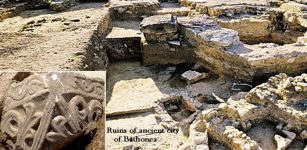 Excavations In Ancient City Of Bathonea Reveal Traces Of Viking Settlement
Archaeology | Aug 27, 2020
Excavations In Ancient City Of Bathonea Reveal Traces Of Viking Settlement
Archaeology | Aug 27, 2020 -
 New Egyptian Dinosaur Helps To Reconstruct Evolution Of Dinosaurs In Africa
Archaeology | Jan 30, 2018
New Egyptian Dinosaur Helps To Reconstruct Evolution Of Dinosaurs In Africa
Archaeology | Jan 30, 2018 -
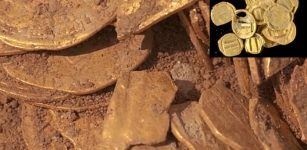 Rare Trove Of 1,100-Year-Old Gold Coins Found By Teenagers In Central Israel
Archaeology | Aug 29, 2020
Rare Trove Of 1,100-Year-Old Gold Coins Found By Teenagers In Central Israel
Archaeology | Aug 29, 2020 -
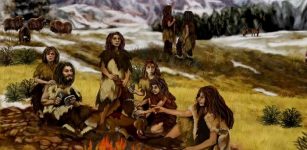 Can Diseases Explain Why Neanderthals Suddenly Disappeared About 40,000 Years Ago?
Archaeology | Nov 9, 2019
Can Diseases Explain Why Neanderthals Suddenly Disappeared About 40,000 Years Ago?
Archaeology | Nov 9, 2019 -
 Mazu: Chinese Goddess Of The Sea – Protector Of Fishermen
Chinese Mythology | Apr 16, 2016
Mazu: Chinese Goddess Of The Sea – Protector Of Fishermen
Chinese Mythology | Apr 16, 2016

